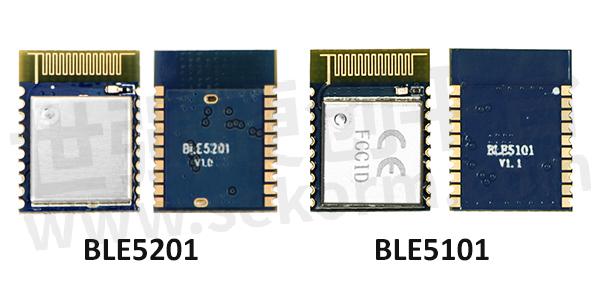Will the 2.4 GHz RF Module and the Bluetooth Module Interfere with Each Other?

2.4 GHz RF modules and Bluetooth modules are widely used in IoT application scenarios. These two wireless modules are also found everywhere in our lives, and the working frequency band of Bluetooth modules is also 2.4g. So will the 2.4 GHz RF module and the bluetooth module interfere with each other?

Bluetooth Module
Bluetooth is a wireless technology that we have more contact with in our daily life, such as: wireless headsets, wireless mice, etc. basically use Bluetooth modules. Bluetooth technology is an open global normative technology for wireless data and voice communications. The biggest feature of the Bluetooth module is that as long as two devices that support Bluetooth transmission are within the transmission distance, they can be connected to realize data transmission, which is something that other wireless technologies cannot accomplish.

2.4 GHz RF Module
The 2.4 GHz RF module is a short-range wireless radio frequency module using 2.4GHz wireless technology. Since the frequency band is between 2.400GHz and 2.4835GHz, it is referred to as 2.4 GHz RF module. The 2.4G frequency band belongs to the global ISM (that is, industrial, scientific, medical) frequency band, and has great market prospects.

Will the 2.4 GHz RF Module and the Bluetooth Module Interfere with Each Other at Close Range?
The answer is yes. The impact is not small, especially in the city, there are 2.4G or Bluetooth wireless networks everywhere, such as common monitoring, indoor environment and so on. Bluetooth modules and 2.4 GHz RF modules are originally modules known for their short distances. If the two wireless modules are in close contact, the transmission distance may become shorter and even affect normal communication.
How to Avoid Mutual Interference between 2.4 GHz RF Module and Bluetooth Module?
If we find that the Bluetooth module and the 2.4 GHz rf module interfere with each other in practical applications, the best way is to stagger the frequency. In short, switch to a frequency that is not interfered with. For example: if we are in the 2.4000GHz frequency, the interference is very serious, the communication cannot be normal or the distance is very short, we can change to the 2.4835GHz frequency. The reason is that all frequencies in the 2.4G band are acceptable.
- +1 Like
- Add to Favorites
Recommend
- G-NiceRF BLE5201 Module Communication Distance Testing Reaches 150m
- What Features Should a Portable Walkie-Talkie Module Have? Take G-NiceRF SA828 for An Example
- The Gas Meter Reading Application of RF Module RF4463Pro from G-NiceRF Saves Much Person Resource
- Advantages of G-NiceRF ASK Transmitter STX883Pro and ASK Receiver SRX883Pro in the Market
- G-NiceRF LoRa1121 Module Newly Released: Enables Multi-Band Compatibility and Satellite Communication Functionality
- G-NiceRF LoRa Backscatter Device LoRa1276-C1 Provides Long-Range Communication with Low-Power
- G-NiceRF‘s FCC Certified Products for Wireless Transceiver Module: LoRa1276-915, RF2401PRO, RF2401F20, RF4463PRO
- G-NiceRF Launches New UWB650 Positioning Module with 1KM Communication Range, Achieving Transparent Transmission and Two-Way Ranging
This document is provided by Sekorm Platform for VIP exclusive service. The copyright is owned by Sekorm. Without authorization, any medias, websites or individual are not allowed to reprint. When authorizing the reprint, the link of www.sekorm.com must be indicated.






























































































































































































































































































































































































































































































































































































































































































































































































































































































